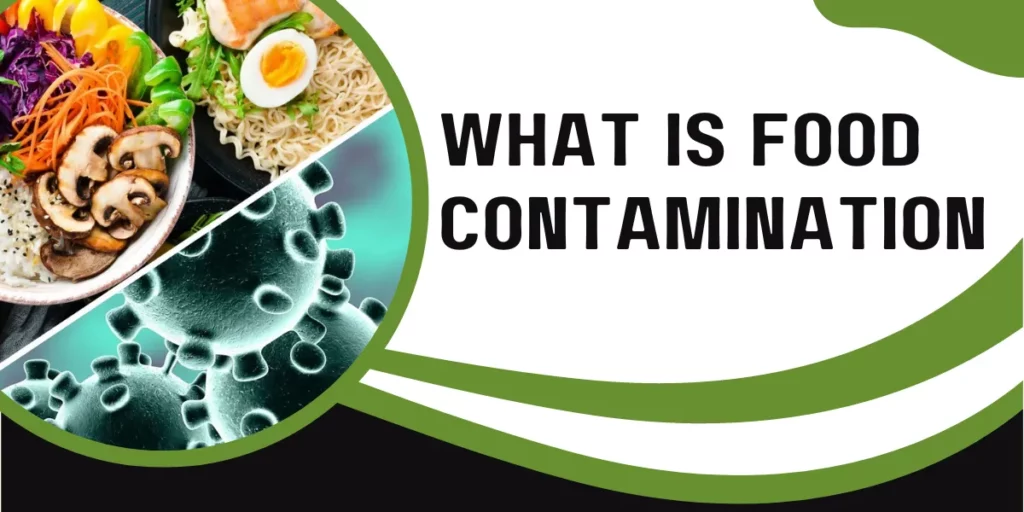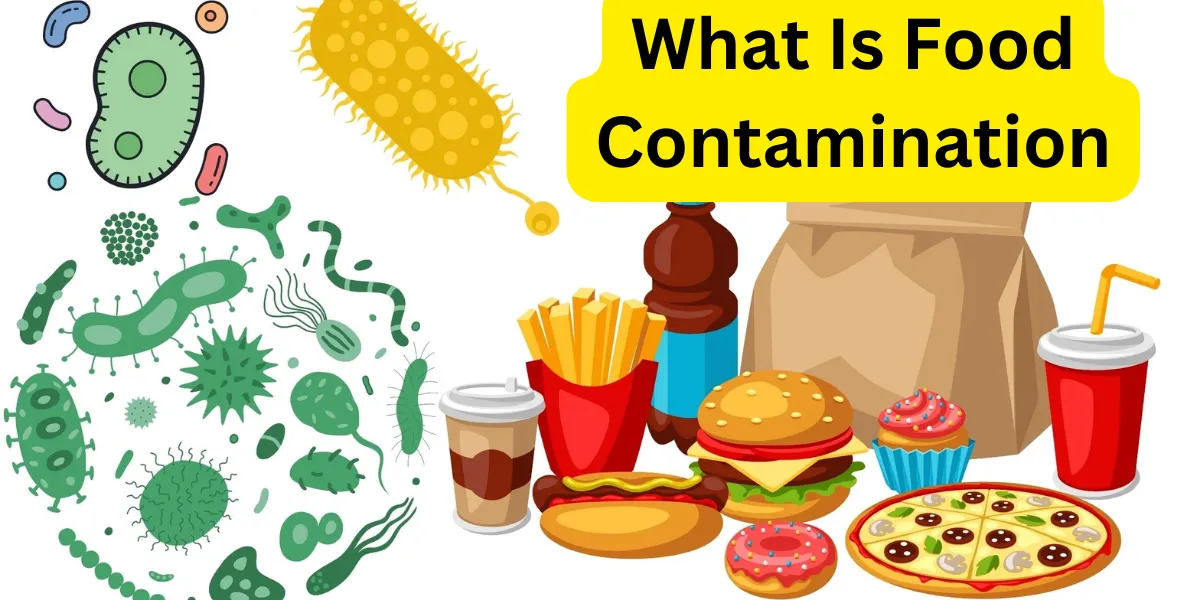What is Food Contamination: Understanding the Risks
Food contamination is a serious issue that can pose significant health risks to consumers. It refers to the presence of harmful substances or pathogens in food, which can lead to illness or even death if ingested. In this article, we will explore the different types of food contamination, its causes, and the potential consequences for public health.
Understanding Food Contamination:
Food contamination can occur at various stages, from production to consumption. It can affect any type of food, including fruits, vegetables, meats, dairy products, and processed foods. Contaminants can include physical, chemical, or biological agents that compromise the safety and quality of the food we consume.
Biological Contamination:
Biological contamination is caused by the presence of harmful microorganisms such as bacteria, viruses, parasites, or fungi in the food. These microorganisms can multiply rapidly and cause foodborne illnesses, resulting in symptoms like nausea, vomiting, diarrhea, and fever.
Chemical Contamination:
Chemical contamination occurs when harmful substances or chemicals enter the food supply chain. This can happen through various means, including environmental pollution, improper use of pesticides, food additives, or contamination during food processing.
Examples of chemical contaminants include heavy metals, pesticides, toxins produced by molds, and industrial chemicals. Consumption of contaminated food can lead to acute or chronic health issues depending on the type and level of contamination.

Physical Contamination:
Physical contamination refers to the presence of foreign objects in food that can cause harm if ingested. This includes items like glass, metal fragments, plastic, or hair. Physical contamination can occur during food processing, packaging, or handling, and it poses a risk of choking or injury if not detected.
Causes of Food: Contamination
Food contamination can arise from various sources, including:
- Poor Hygiene Practices:
Improper handwashing, unsanitary food handling, and lack of cleanliness in food preparation areas can introduce harmful microorganisms into the food.
- Contaminated Water:
Using contaminated water during food production or preparation can lead to the spread of pathogens.
Cross-Contamination:
When raw and cooked foods come into contact with each other or with surfaces or utensils that haven’t been properly cleaned, cross-contamination can occur.
- Improper Storage:
Inadequate storage conditions, such as incorrect temperature control or failure to separate raw and cooked foods, can facilitate the growth of bacteria and other microorganisms.
Consequences of Food Contamination:
The consequences of food contamination can range from mild illnesses to severe health complications and even death. Foodborne diseases can lead to hospitalization, economic losses, and a significant burden on healthcare systems. Vulnerable populations, such as the elderly, young children, pregnant women, and individuals with weakened immune systems, are particularly susceptible to the adverse effects of contaminated food.
Food contamination is a pressing concern that demands strict adherence to food safety practices and regulations at all stages of the food supply chain. By understanding the types of contamination, their causes, and the potential consequences, individuals and food industry stakeholders can work together to ensure the production and consumption of safe and wholesome food.




